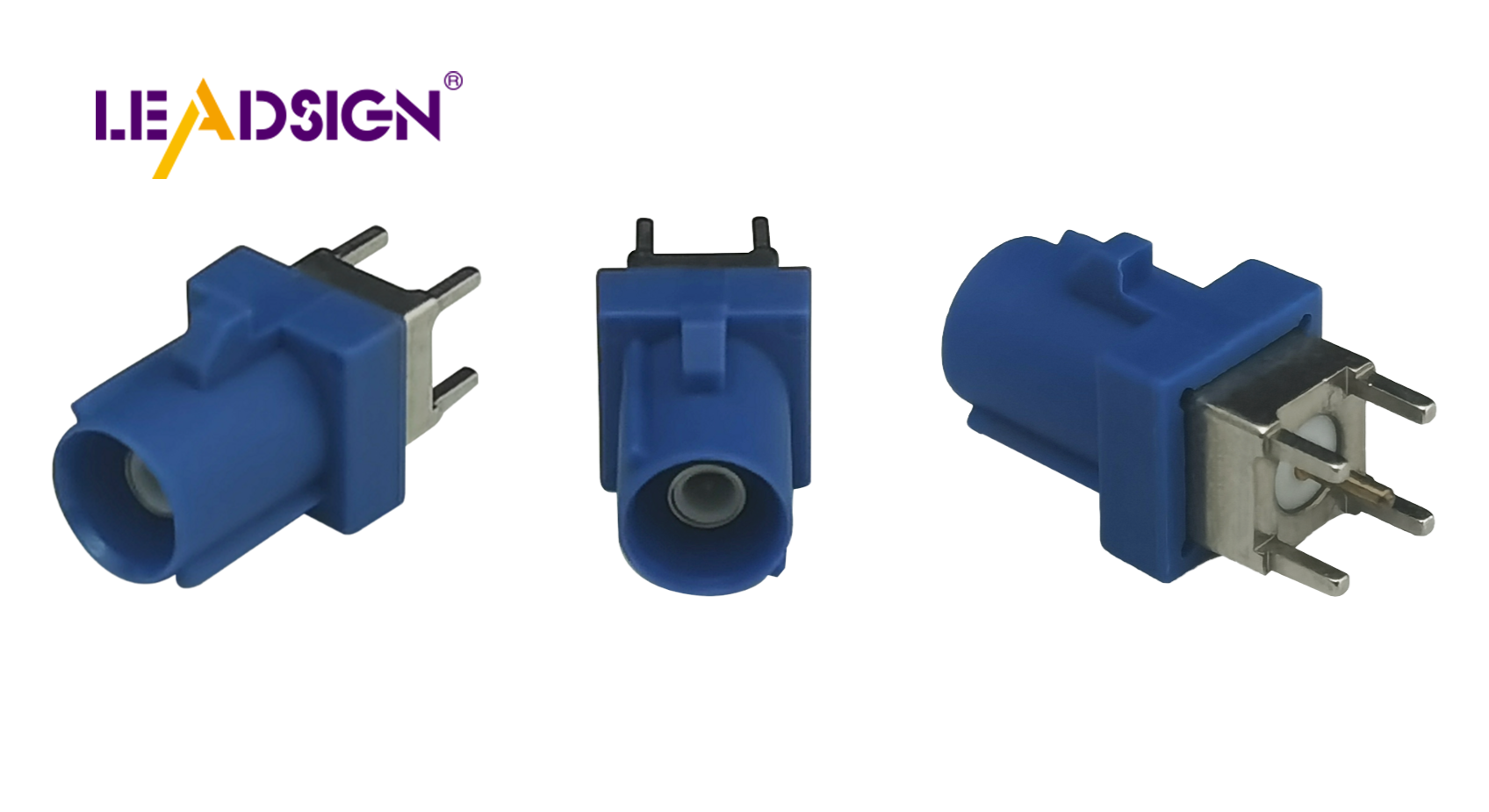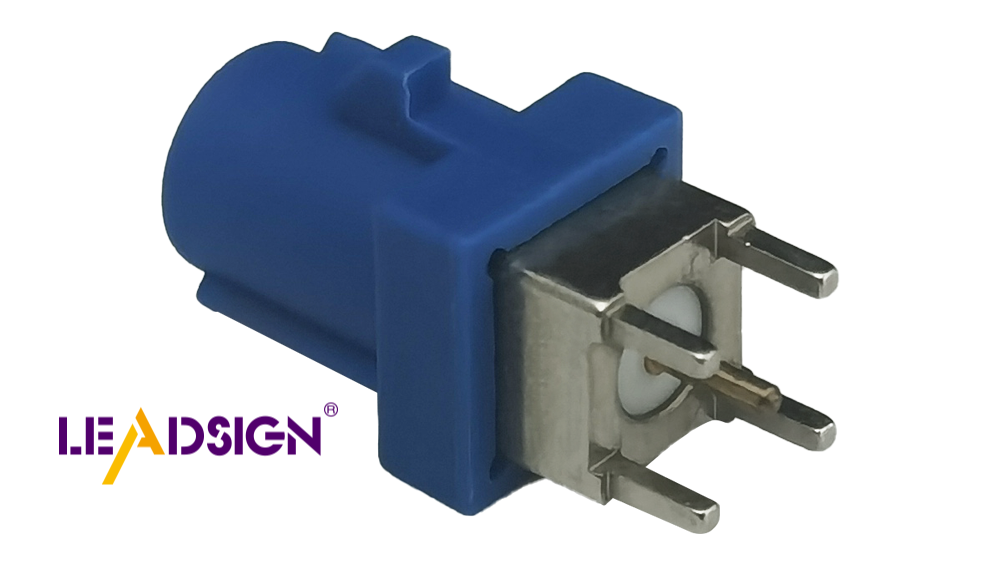How to Identify and Replace Automotive Electrical Connectors Types

Understanding automotive electrical connectors types is crucial for maintaining your vehicle's health. These connectors ensure that components remain securely connected. However, they can become corroded, worn, or improperly connected, leading to issues. Replacing faulty connectors resolves these problems, enhancing both safety and performance. According to a military guide, assessing connector failure rates can reveal potential risks. Addressing these issues promptly saves money and ensures your vehicle operates efficiently.
Understanding different car electrical connectors is important. These connectors have different shapes and sizes. Each one has a job in the car's electric system. They help parts work well together, moving power and signals smoothly.
Blade connectors are flat metal pieces that fit into slots. They're common because they're simple and reliable. They hold wires securely but are easy to disconnect.
Pin connectors have pins that fit into sockets. They're used where many wires need to connect in small spaces. They give a stable connection for car electronics.
Bullet connectors look like cylinders and fit one end into another. They're good for quick connections, useful where maintenance happens often.
Butt connectors join two wires end-to-end by crimping them together. This keeps the connection strong and safe, important for the car's wiring system.
To find the right connector in your car, use these steps:
First, look at the connectors closely for damage or rust. Check their shape and size to know what type they are.
Next, use a multimeter to test if electricity flows through them well. This helps find broken ones you can't see just by looking.
Finally, check your car manual for details about its electrical parts. Manuals have diagrams to help you identify and replace connectors correctly.
Knowing about these connectors helps keep your car's electrical system working well. It makes fixing problems easier and ensures you use the right parts when needed.
Tools and Materials Needed for Replacement
When changing car electrical connectors, having the right tools is key. This helps you do the job well and safely. Let's look at the important tools and materials you'll need.
Essential Tools
To work with car electrical connectors, you need special tools to handle them properly.
Wire Strippers
Wire strippers take off wire covers without harming the metal inside. You use them to get wires ready for new connectors. They come in different sizes for various wires, making sure each strip is clean and precise.
Crimping Tools
Crimping tools attach connectors to wires tightly. They press on the connector so it stays put. This tool keeps connections stable, stopping loose wires or short circuits.
Heat Shrink Tubing
Heat shrink tubing insulates and protects your connections. After crimping a connector, slide the tubing over it and heat it up. The tubing shrinks tight, keeping out water and rust that can happen in cars.
Recommended Materials
Besides tools, some materials help make your car's electrical connections last longer.
Replacement Connectors
Having the right replacement connectors is important. Find the correct type and size for your car. Ask experts or check with makers to get a perfect match for smooth connections.
Electrical Tape
Electrical tape wraps around wires and connectors to protect them. It adds safety by stopping shorts and shielding from things like water and dirt.
Soldering Equipment
For some car connectors, soldering makes strong bonds that last long. Soldering gear melts solder onto joints, making tough links that handle shaking and temperature changes in cars.
With these tools and materials, you can change car electrical connectors confidently. This boosts your car's electric system performance while keeping it safe on roads.
Step-by-Step Guide to Replacing Connectors

Changing car electrical connectors needs careful work. Follow these steps for a good job.
Preparation Steps
Disconnecting the Battery
First, take off the battery connection. This keeps you safe from shocks. Find the negative side of the battery. Use a wrench to loosen it. Then, remove the cable and put it aside.
Gathering Tools and Materials
Get all tools and materials ready. You need wire strippers, crimping tools, heat shrink tubing, new connectors, tape, and soldering gear. Having everything ready makes work easier without stops.
Removing Old Connectors
Cutting and Stripping Wires
Start by cutting wires from the old connector. Use wire strippers to take off covers at wire ends. This shows metal for a clean fit with new connectors. Make sure you strip enough length for a snug fit.
Detaching Connectors
Take off the old connector from wires. You might press a tab or unscrew it depending on type. Be gentle with wires to avoid harm. Check wires for damage after removing connectors.
Installing New Connectors
Attaching New Connectors
Put new connectors on stripped wires. Push wires into connectors then use crimping tool to hold them tight. Crimping stops loose connections; sometimes soldering is needed too.
Securing Connections
After connecting, slide heat shrink over it then heat it up to seal tight. This keeps out water and dirt making connection last longer.
Testing the New Connection
Finally test your work by reconnecting battery then turning on car’s system to check if part works right with new connector attached well or not; fix any mistakes found if needed.
Changing car electrical connectors improves how your car works safely by following these steps carefully ensuring strong reliable connections always.
Keeping your car's electrical connectors in good shape is important. Check and change bad connectors often to avoid problems. Here are some last tips for strong connections:
Regular Checks: Look at connectors often for damage or rust.
Right Tools: Use correct tools and materials when replacing them.
Tight Connections: Make sure all are snug and covered well to keep out dirt and water.
Doing this makes your car work better and last longer.
See Also
Exploring HSD Connectors in Automotive Sector
Navigating Ford Fakra Connectors
Significance of FAKRA Connectors in Auto Uses

